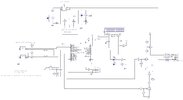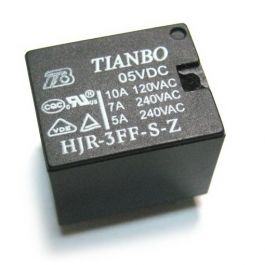Yes, the main issue is how much current can flow through the resistor - as it's shunted to Vdd by the protection diodes if you're not careful the PIC is powered by it when it's supposedly switched off.As long as there's a large enough resistor feeding the pin from a large voltage then the pin protection diodes will "protect" it. You can even feed 230VAC into a pin via a suitable resistor.
Mike.


